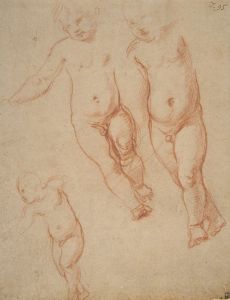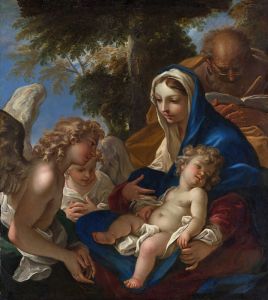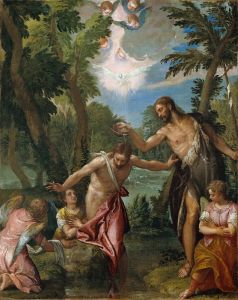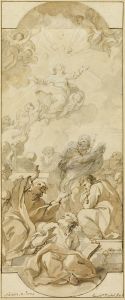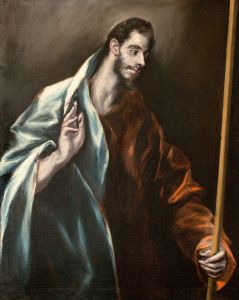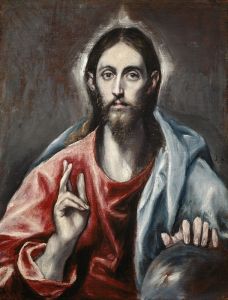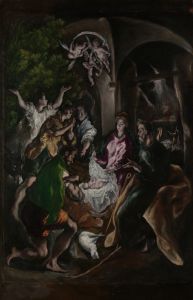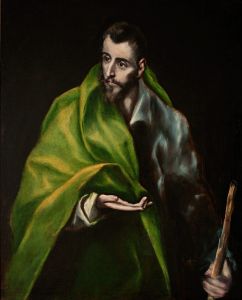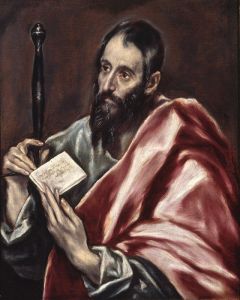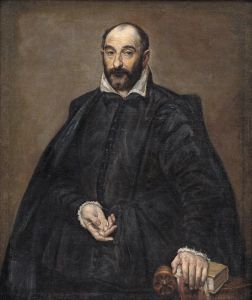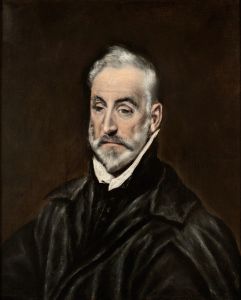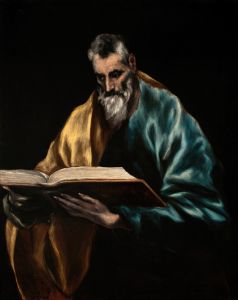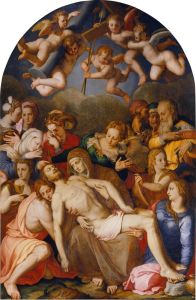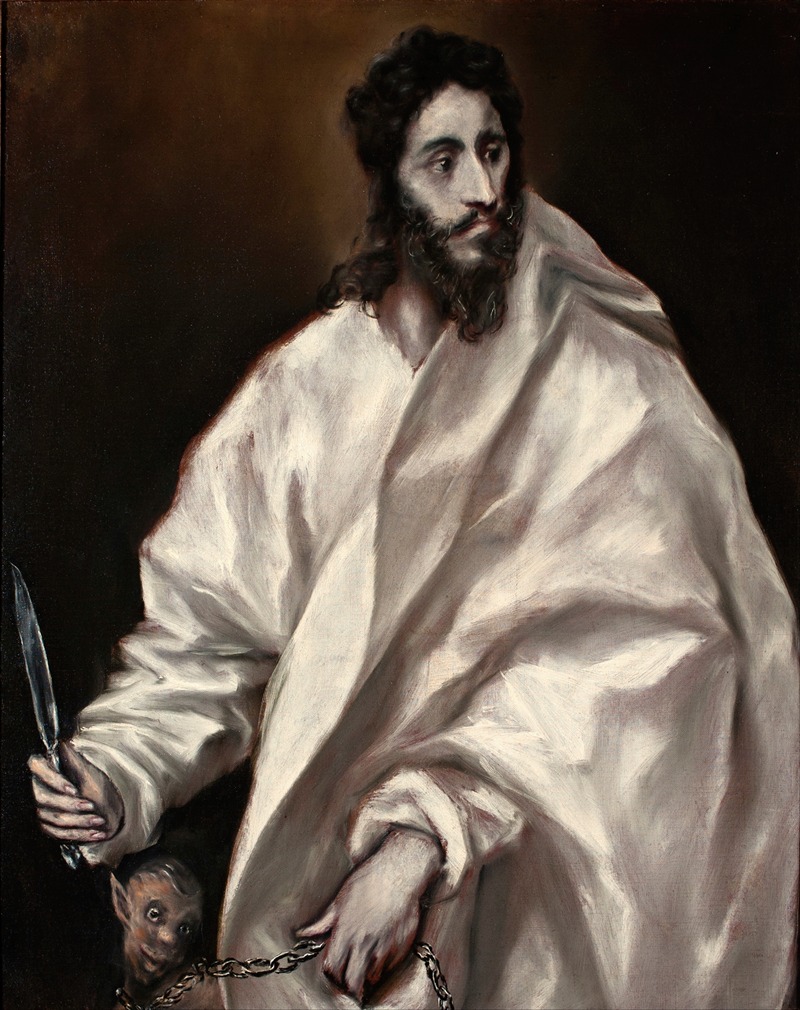
Bartholomew the Apostle
A hand-painted replica of El Greco (Domenikos Theotokopoulos)’s masterpiece Bartholomew the Apostle, meticulously crafted by professional artists to capture the true essence of the original. Each piece is created with museum-quality canvas and rare mineral pigments, carefully painted by experienced artists with delicate brushstrokes and rich, layered colors to perfectly recreate the texture of the original artwork. Unlike machine-printed reproductions, this hand-painted version brings the painting to life, infused with the artist’s emotions and skill in every stroke. Whether for personal collection or home decoration, it instantly elevates the artistic atmosphere of any space.
Bartholomew the Apostle is a painting by the renowned artist El Greco, whose real name was Domenikos Theotokopoulos. El Greco was a prominent painter, sculptor, and architect of the Spanish Renaissance, known for his distinctive style that combined elements of Byzantine traditions with Western painting techniques. Born in Crete in 1541, El Greco later moved to Spain, where he spent the majority of his career and produced some of his most famous works.
The painting "Bartholomew the Apostle" is part of a series of portraits of Christ's apostles created by El Greco. This series is notable for its expressive use of color, elongated figures, and dramatic lighting, all of which are characteristic of El Greco's unique style. The series was likely intended for a religious setting, possibly a church or monastery, where it would serve both as a devotional image and as an artistic representation of the apostles.
In "Bartholomew the Apostle," El Greco portrays the apostle with a sense of spiritual intensity and introspection. The figure of Bartholomew is depicted with elongated features and a contemplative expression, which are hallmarks of El Greco's approach to portraiture. The use of vibrant colors and dynamic brushwork adds to the emotional impact of the painting, drawing the viewer into the spiritual world of the apostle.
El Greco's depiction of Bartholomew is consistent with the artist's broader approach to religious subjects, where he often sought to convey the inner spiritual life of his figures rather than focusing solely on their physical appearance. This emphasis on spirituality is reflected in the way Bartholomew is presented, with an emphasis on his role as a devoted follower of Christ.
The painting is also notable for its use of light and shadow, which El Greco employed to create a sense of depth and movement within the composition. This technique, known as chiaroscuro, was a common feature in Renaissance art and was used by El Greco to enhance the dramatic effect of his works.
While specific details about the commission or original location of "Bartholomew the Apostle" are not well-documented, it is known that El Greco's series of apostle portraits was highly regarded during his lifetime and contributed to his reputation as one of the leading artists of his era. Today, El Greco's works, including "Bartholomew the Apostle," are celebrated for their innovative style and profound impact on the development of Western art.
The painting is housed in various collections, with some of El Greco's apostle series being part of museum collections around the world. These works continue to be studied and admired for their artistic and historical significance, offering insight into the religious and cultural context of the time in which they were created.
El Greco's "Bartholomew the Apostle" remains an important example of his artistic legacy, showcasing his ability to blend different artistic traditions into a cohesive and powerful expression of faith and human emotion.





